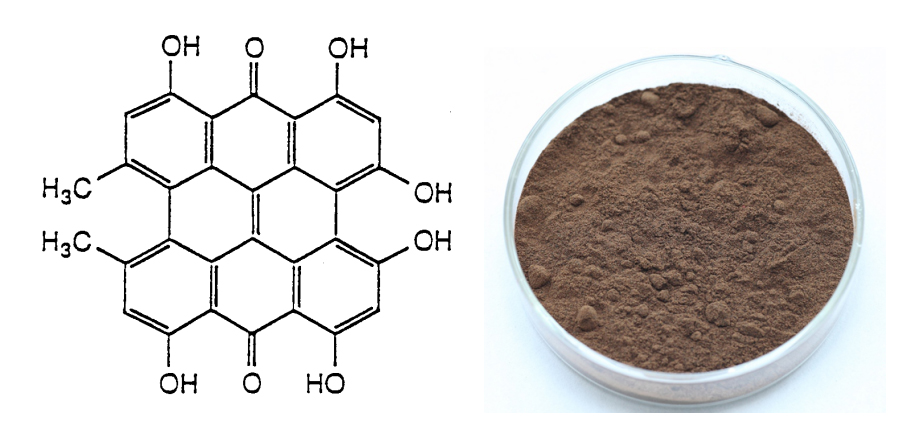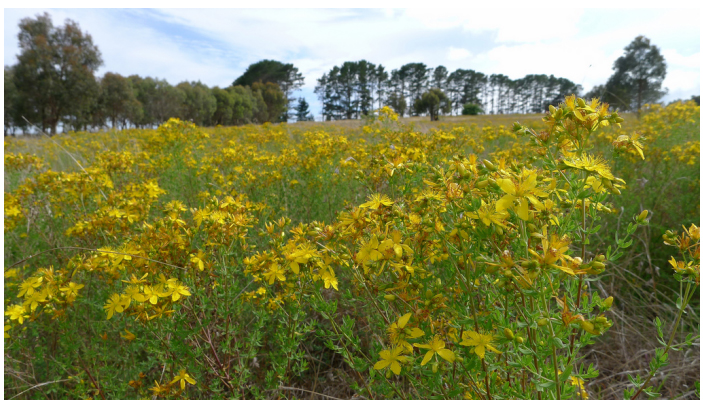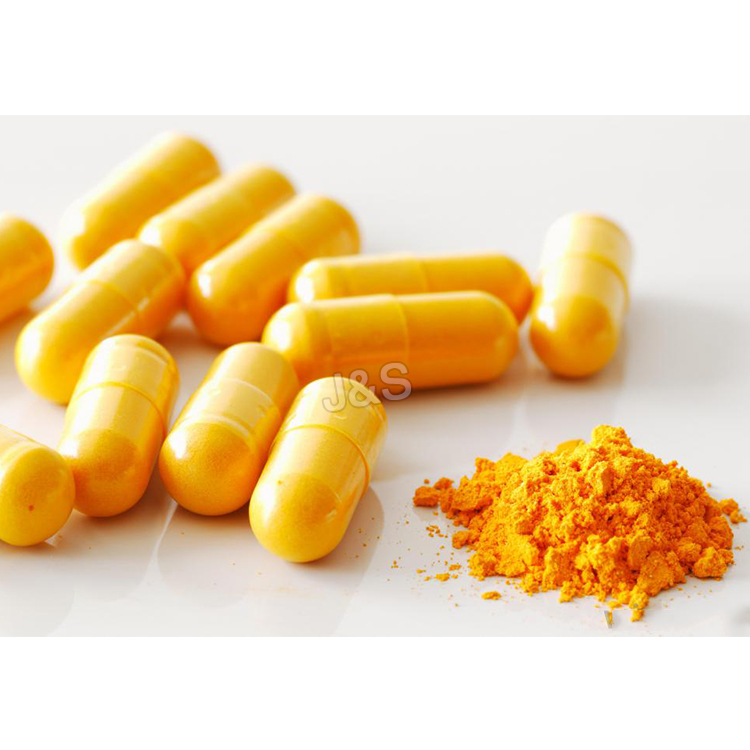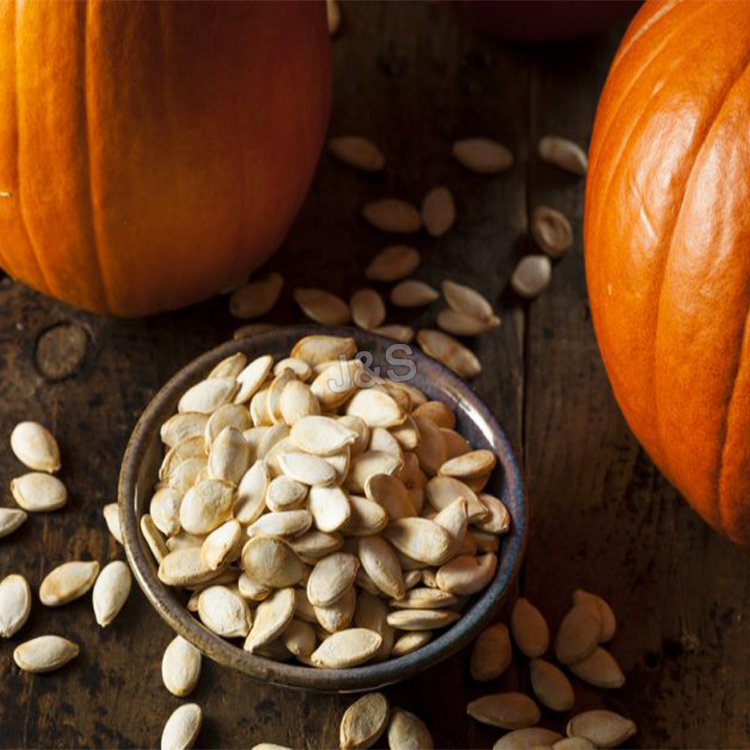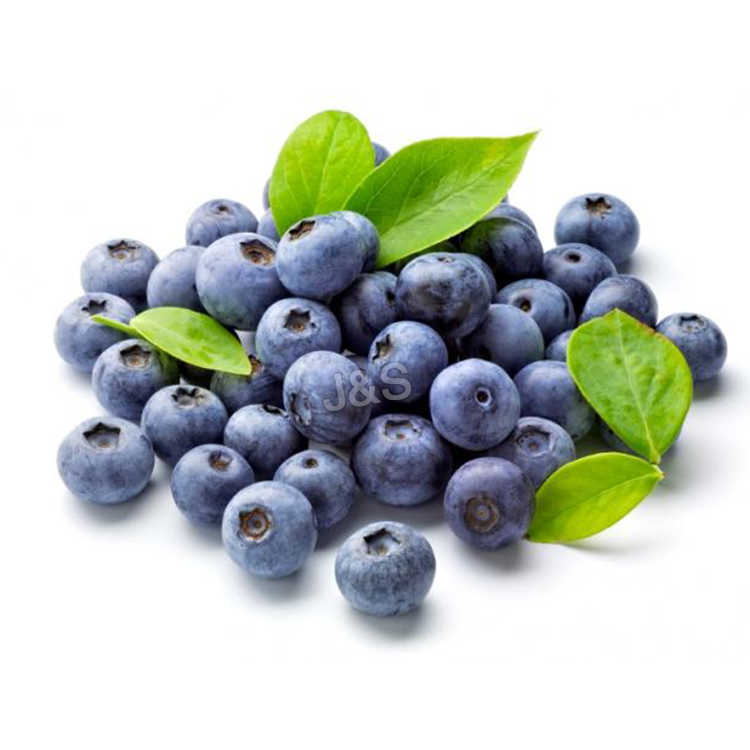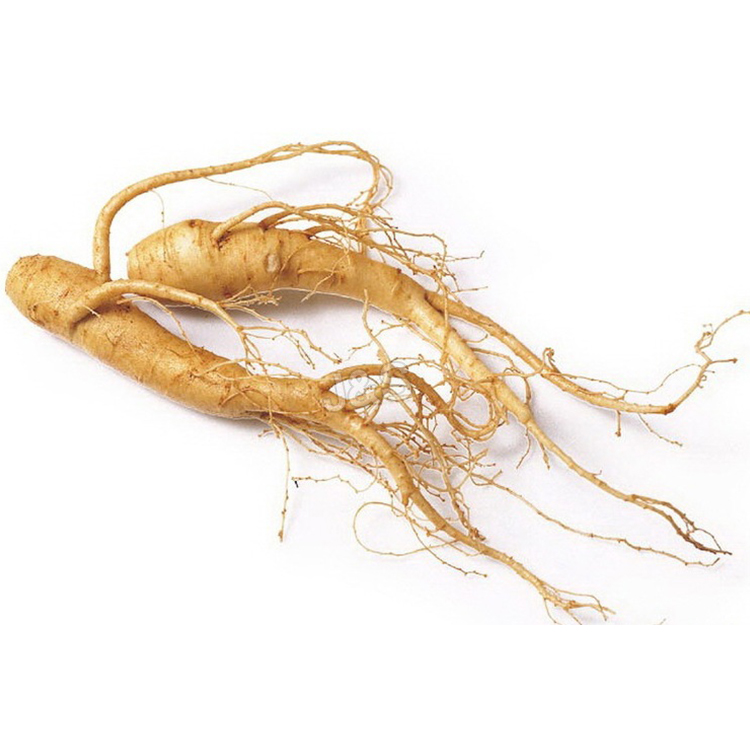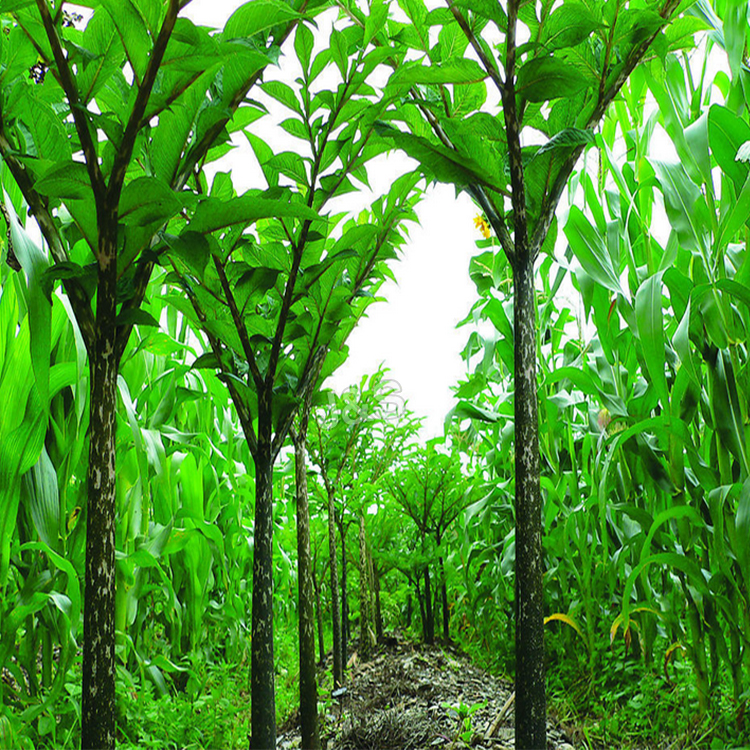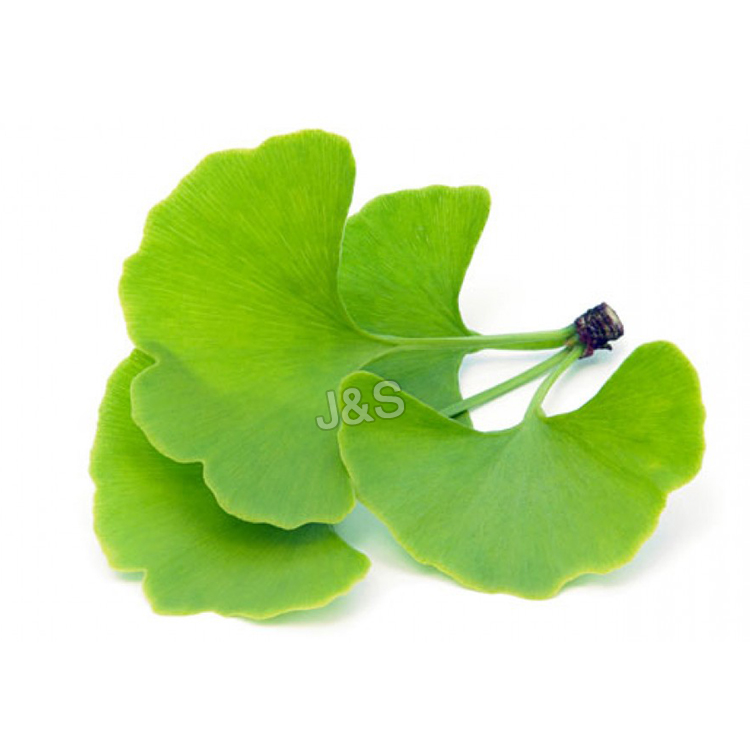Popular Design for St John’s wort extract Wholesale to The Swiss
Popular Design for St John’s wort extract Wholesale to The Swiss Detail:
[Latin Name] Hypericum perforatum
[Plant Source] From China
[Appearance] Brown fine powder
[Specifications] 0.3% Hypericin
[Particle size] 80 Mesh
[Loss on drying] ≤5.0%
[Heavy Metal] ≤10PPM
[Pesticide residue] EC396-2005, USP 34, EP 8.0, FDA
[Storage] Store in cool & dry area, keep away from the direct light and heat.
[Package] Packed in paper-drums and two plastic-bags inside.
[What is St. John's wort]
St. John’s wort (Hypericum perforatum) has a history of use as a medicine dating back to ancient Greece, where it was used for a range of illnesses, including various nervous disorders. St. John’s wort also has antibacterial, antioxidant, and antiviral properties. Because of its anti-inflammatory properties, it has been applied to the skin to help heal wounds and burns. St. John’s wort is one of the most commonly purchased herbal products in the United States.
In recent years, St. John’s wort has been studied extensively as a treatment for depression. Most studies show that St. John’s wort may help treat mild-to-moderate depression, and has fewer side effects than most other prescription antidepressants.
[Functions]
1. Anti-depressive and sedative properties;
2. Effective remedy for the nervous system, relaxing tension, and anxiety and lifting the spirits;
3. Anti-inflammatory
4. Improve capillary circulation
Product detail pictures:
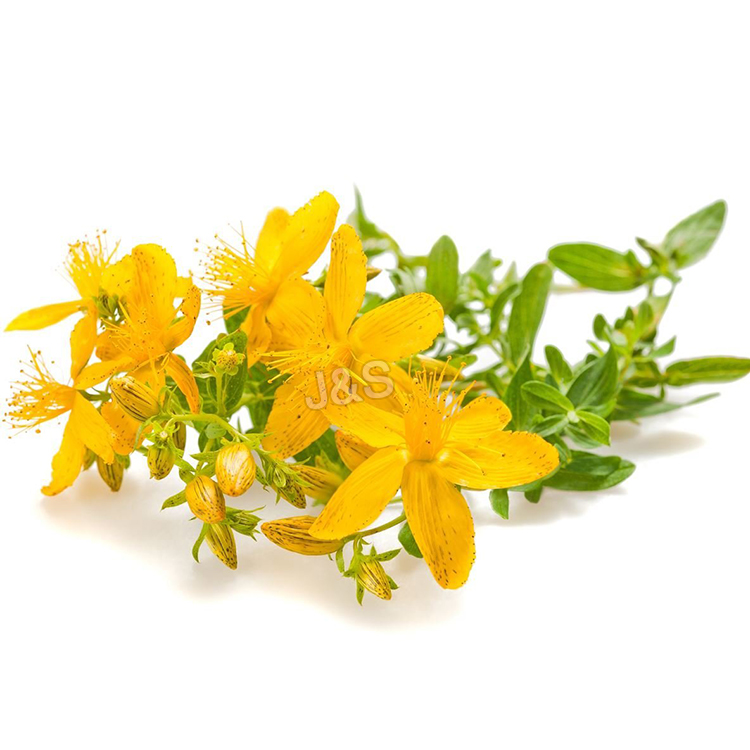
Related Product Guide:
We have now a specialist, efficiency staff to provide good quality company for our consumer. We normally follow the tenet of customer-oriented, details-focused for Popular Design for St John’s wort extract Wholesale to The Swiss , The product will supply to all over the world, such as: Philippines, Johannesburg, Kuwait, Our company regards "reasonable prices, efficient production time and good after-sales service" as our tenet. We hope to cooperate with more customers for mutual development and benefits. We welcome potential buyers to contact us.
How to make Biscotti/Mandel Bread with Stevioside as the sweetener.
Ingredients Needed:
JAJA Stevioside from Emperor’s Herbologist
https://emperorsherbologist.com/stevioside.php
Cocoa Powder
Coconut
Sunflower oil/olive oil
Chopped Almonds
All Purpose Flour
Plant Care
In general, Stevia should be treated as a vegetable crop. When hot weather sets in, usually a month after planting, beds should be mulched 3 to 6 inches deep with organic residue such as grass clippings, chopped leaves, straw, hay, or compost. This will protect the shallow feeder roots and hold in moisture. Plant growth is slow at first, accelerating by mid summer.
A consistent moisture supply is important for Stevia. Irrigate once or twice a week, whenever rain fails to water the plants. Sandy soils require more frequent irrigation. Trickle irrigation is ideal, ensuring consistent moisture levels without wetting leaves. A simple and effective system is the black, “weeping” soaker hose made from recycled rubber. Place a soaker hose between the two rows of plants, beneath the mulch. Attach to a garden hose and turn the water on at a trickle for a couple of hours. The system can be automated with the addition of a timer.
Side-dressing is usually not necessary, but low nitrogen or organic fertilizer may be applied in the summer as plant growth begins to accelerate. Excess nitrogen causes tender growth and reduced leaf sweetness.
Stevia may be affected by two lesion-producing fungal diseases, Septoria steviae and Sclerotinia sclerotiorum. With Sclerotinia, dark brown lesions form on stems, near the soil line, followed by wilting and eventual collapse of the plant. Stevia plants are usually full grown before diseases appear. As harvest time nears, commercial growers watch plants closely and harvest the entire crop at the first sign of disease. Meticulous weed control (by hand) permits strong growth, which helps plants resist disease. Humid, wet weather and standing water favor the development of fungal diseases, making raised beds or hills a preventative measure. Additionally, avoid wetting leaves during irrigation. Stevia is usually the last plant insects will feed on, so pests are seldom a problem outdoors. Aphids, thrips, and whiteflies can cause damage in heavily infested greenhouses.
Sugar amount Equivalent Stevia powdered extract Equivalent Stevia liquid concentrate
1 cup 1 teaspoon 1 teaspoon
1 tablespoon 1/4 teaspoon 6 to 9 drops
1 teaspoon A pinch to 1/16 teaspoon 2 to 4 drops
Sugar amount Equivalent 1 cup = Stevia powdered extract Equivalent 1 teaspoon = Stevia liquid concentrate 1 teaspoon
Sugar amount Equivalent 1 tablespoon = Stevia powdered extract Equivalent 1/4 teaspoon = Stevia liquid concentrate 6 to 9 drops
Web: https://www.natureherbs.org | www.natureherbs.co
Email : natureherbs@ymail.com
Watsapp: +91 841 888 5555
Skype: nature.herbs
Goods just received, we are very satisfied, a very good supplier, hope to make persistent efforts to do better.
